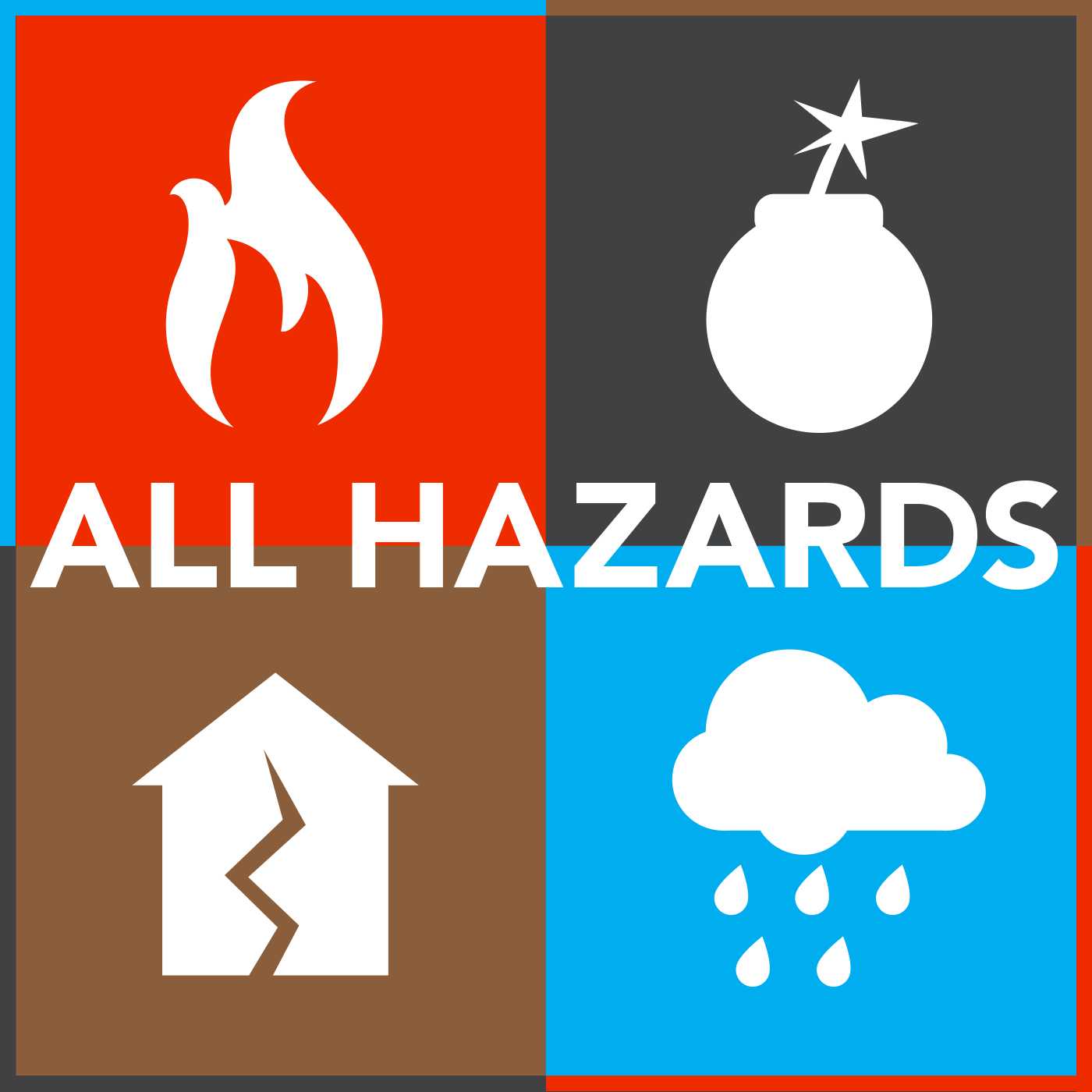Episodes
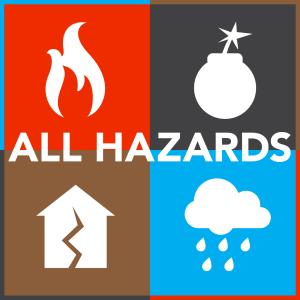
Tuesday Jun 05, 2018
Geared Up for "Super Thursday" at CSTI Hazmat Training
Tuesday Jun 05, 2018
Tuesday Jun 05, 2018
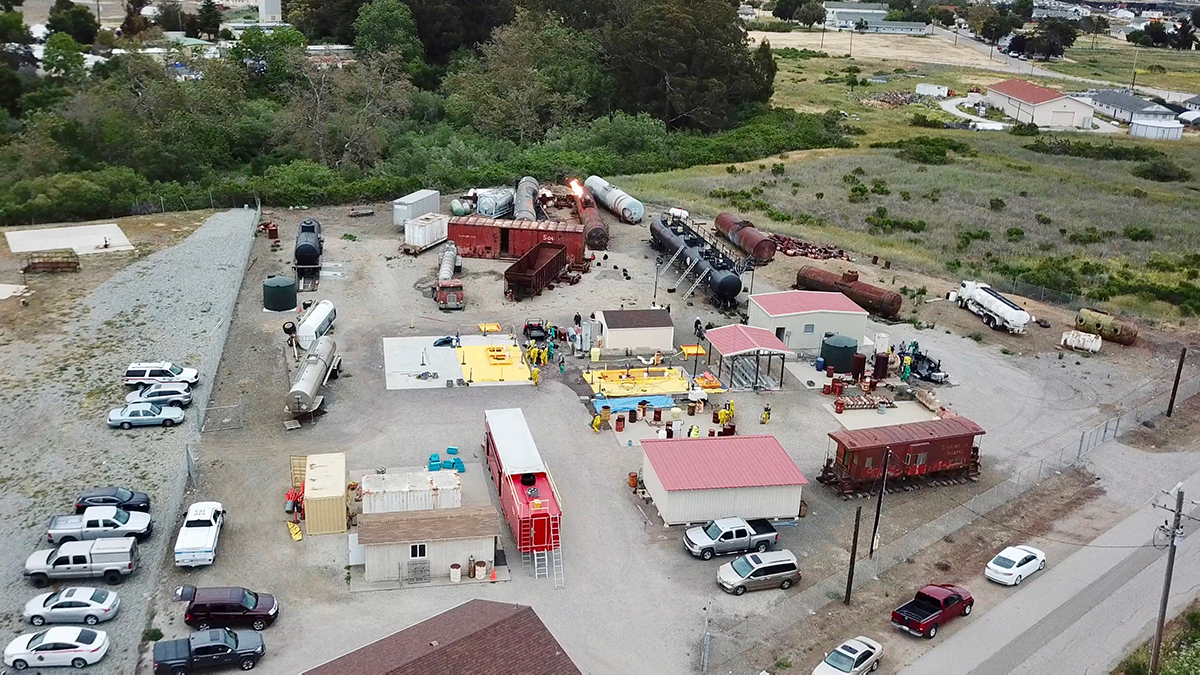
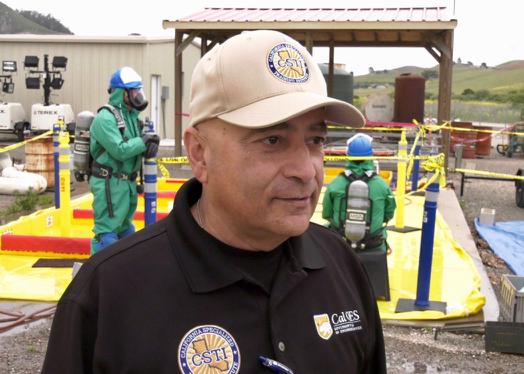
Alex Cabassa, Cal OES Assistant Director, and CSTI Superintendent
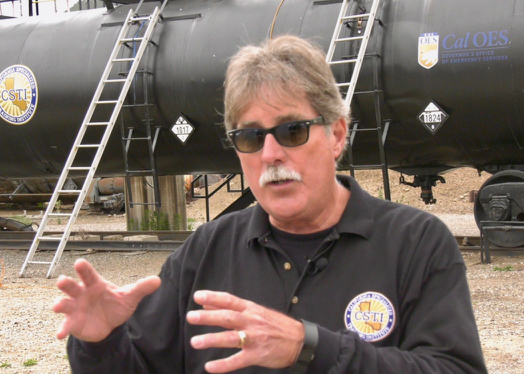
Jim Tate, CSTI Emergency Management Coordinator Instructor-2
In this episode (#46) we take you to Super Thursday, a sort of “final exam day” for students attending the California Specialized Training Institute (CSTI) Hazmat Specialist course. We talk with Alex Cabassa, Cal OES Assistant Director, and CSTI Superintendent about the uniqueness of the course, its hands-on approach and the facility in which it takes place. We also talk with Jim Tate, CSTI Emergency Management Coordinator Instructor-2. He talks about the training itself and what students learn and how important it is. There is a companion video for this podcast which can be found at oesnews.com after Thursday, June 7, 2018.
Under the reorganization of Cal OES, CSTI has evolved into a statewide enterprise with responsibility for supporting training, exercises and education in wide variety of areas including but not limited to; emergency management, public safety, homeland security, hazardous materials, disaster recovery and crisis communications. CSTI is no longer just defined by the San Luis Obispo campus you may be familiar with, but is being developed into a more holistic resource to support your needs whether you are a government, non-profit or private sector organization.
Be sure to visit oesnews.com to watch the companion video and see the many pictures taken during Super Thursday!
Links
California Specialized Training Institute (CSTI)

Tuesday May 15, 2018
Filling the HazMat Response Capability Gaps in California
Tuesday May 15, 2018
Tuesday May 15, 2018
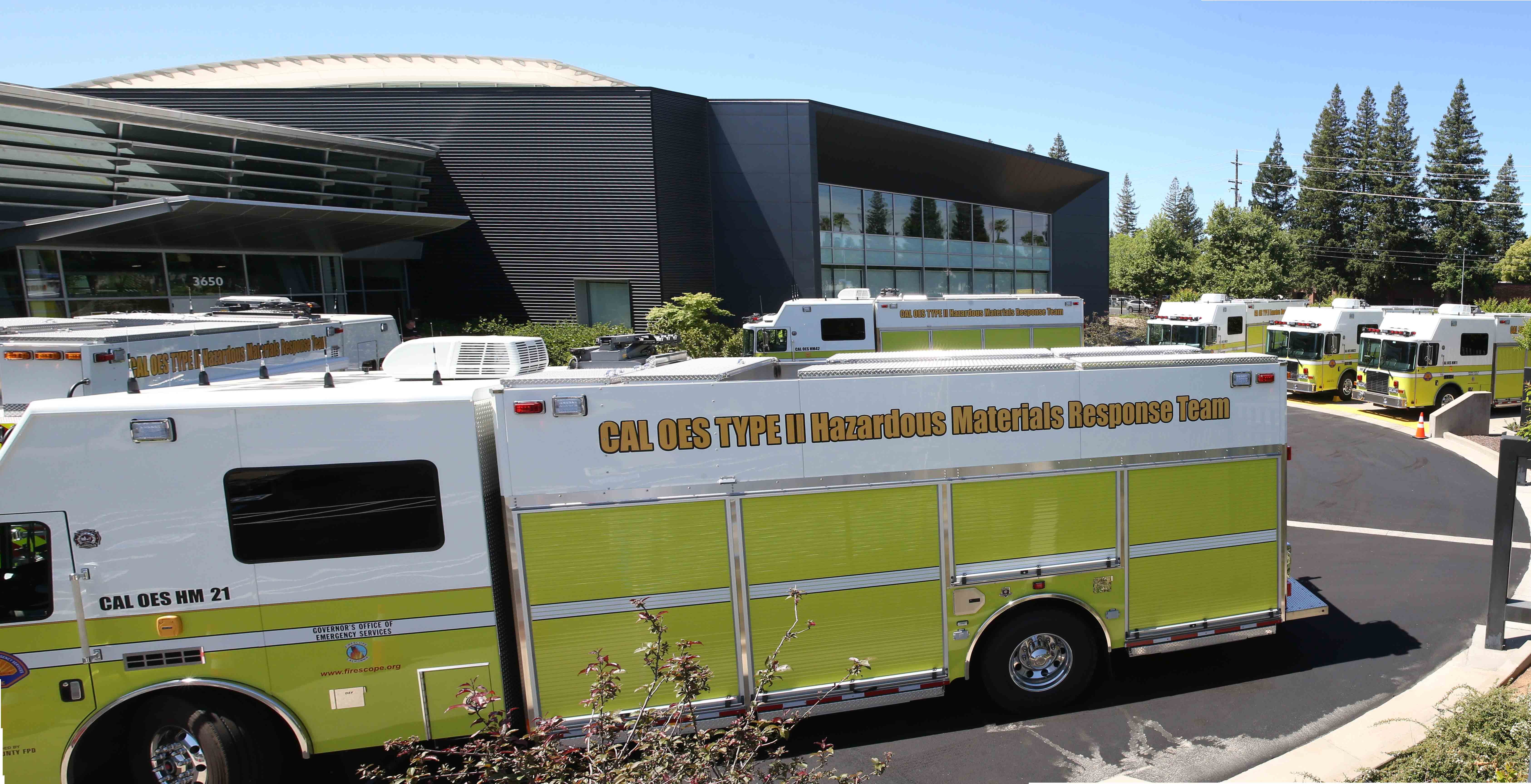
Cal OES and 12 assignee local government fire departments are parties to a contractual agreement permitting the use of the Cal OES Type II HazMat Response Vehicles for local emergency response, out-of-service HazMat vehicles, training, exercises, and other needs. In return, the assignee fire departments are required to dispatch the Cal OES Type II HazMat Response Vehicles anywhere in the state staffed by the required number of HazMat-trained personnel as requested through the California Fire & Rescue Mutual Aid System. This brings the total number of “typed” HazMat Teams in California to 73.
In this episode we talk with a couple of department representatives who received an engine about what it means to their region, and we talked with a few of the Cal OES reps who worked hard to make these engines and their transfers happen.
- Larry Collins, Cal OES Deputy Chief, Fire & Rescue Branch
- Chuck Tobias, Cal OES Assistant Chief, Fire & Rescue Branch
- Jan Dunbar, Cal OES Assistant Chief, Fire & Rescue Branch
- Bill Schwarz, Engineer, Tracy Fire Department
- Lewis Broschard, Deputy Fire Chief, Contra Costa County Fire Protection District
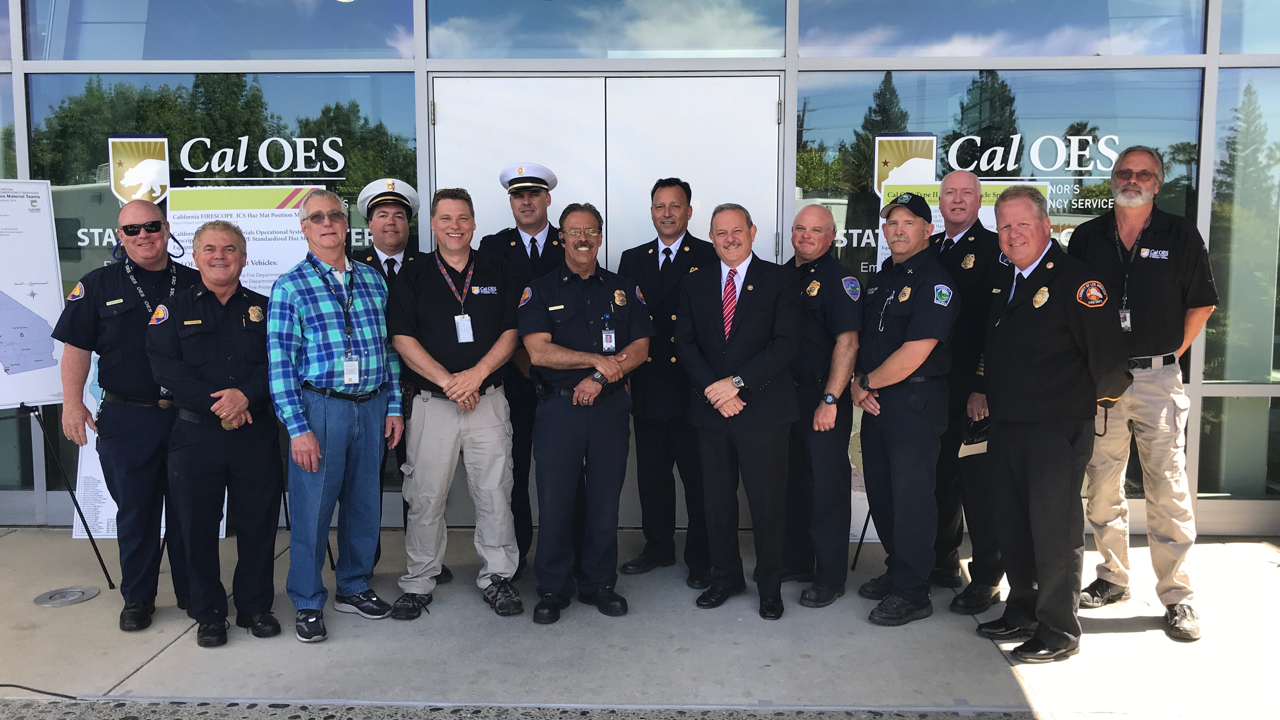
Some of the VIPs who attended the ceremony:
- Deputy Fire Chief Lewis Broschard: Contra Costa Fire Protection District
- Public Information Officer Steve Hill: Contra Costa Fire Protection District
- Battalion Chief Will Pryor: Los Angeles County Fire Department
- Sutter County Fire Chief: Yuba City Fire Department John Shalowitz
- Bill Fuller: Yuba City Fire Department, Yuba City Administrative Analysis
- Chief Brian Dempsey: Seaside Fire Department
- Battalion Chief Dan Weaver: Susanville Fire Department
- Alan Ernst: Modesto Fire Department
- Division Chief Mike Lillie: Modesto Fire Department
LINKS

Tuesday Apr 24, 2018
Tuesday Apr 24, 2018
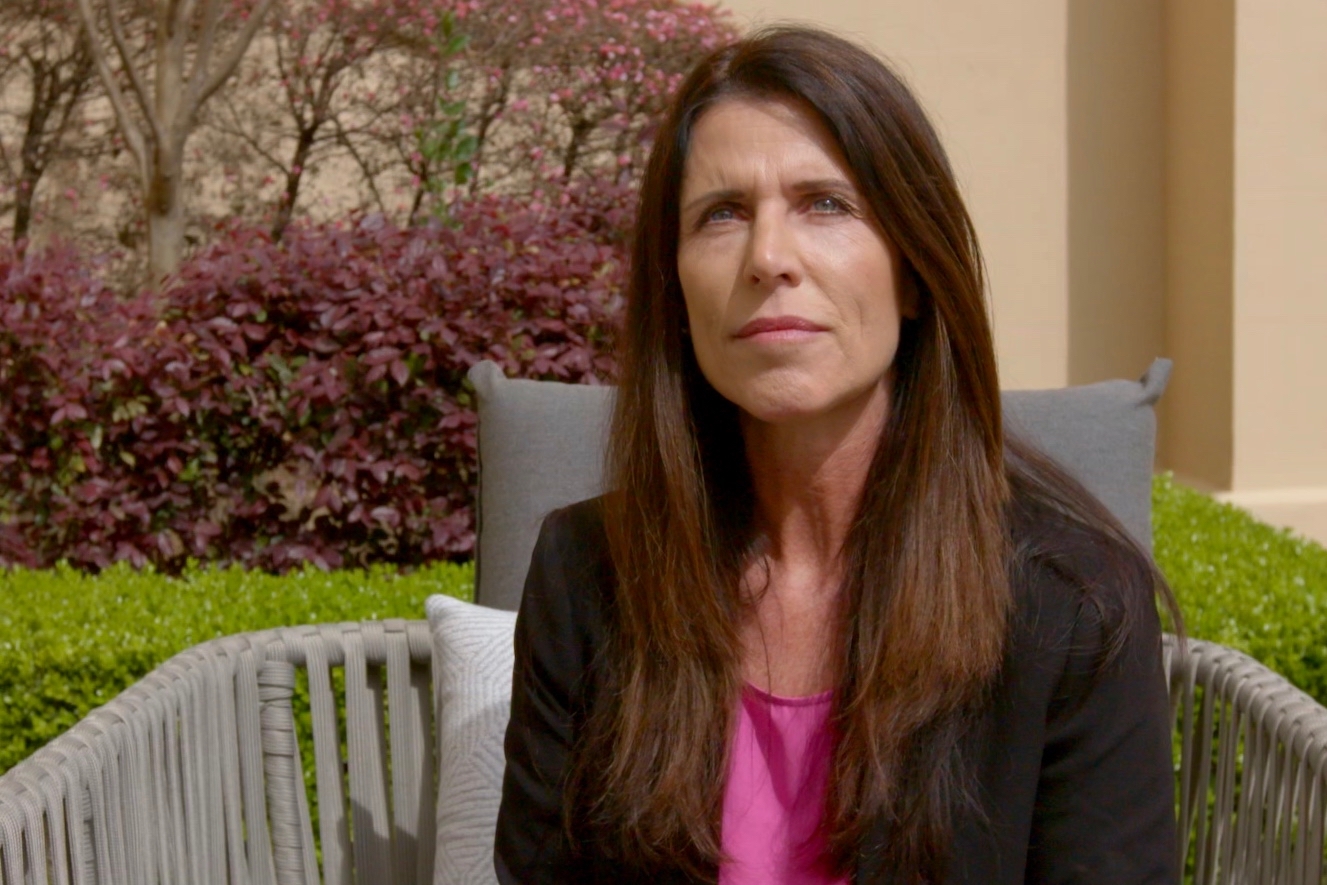
From December 4th to December 22nd, 2017, the Thomas Fire cost more than 177 million dollars to fight, and forced the evacuation of more than 104 thousand people and had 8,500 firefighters from 22 states simultaneously working to contain it. But let’s not forget about the public information efforts. Imagine what any large disaster would be like if you kept the affected communities in the dark, giving them zero information. No doubt you’d now have to deal with confusion, panic, anger and so much more. So, we’re going to talk with the person who managed public information for the City of Ventura, Kelly Flanders.
Kelly Flanders is the Communications Manager for the City of Ventura. In addition to the Thomas Fire PIO response, Kelly worked with partner agencies during the Grove Incident oil spill. She is a Ventura native and holds a master’s degree in clinical psychology from Antioch University.
LINKS
City of Ventura Thomas Fire Rebuild
Donate to the United Way of Ventura County Thomas Fire and Flood Fund
Ventura County Emergency Information
Cal OES Wildfire Recovery Resources

Tuesday Apr 10, 2018
Six Months After the NorCal October 2017 Wildfires
Tuesday Apr 10, 2018
Tuesday Apr 10, 2018

It's been six months since the October 2017 wildfires ravaged Northern Califorina. Through coordination with California Governor’s Office of Emergency Services and in close partnership with FEMA, the U.S. Army Corps of Engineers, U.S. EPA, Cal EPA and CalRecycle, all major work for the removal of fire and ash debris has now been completed in Butte, Lake, Mendocino, Napa, Nevada, Sonoma and Yuba counties. So far, nearly 1.7 million tons of debris, across all seven counties, have been removed.
Since the Oct. 10 disaster declaration, nearly 4,500 households have been approved for FEMA individual assistance, for a total of more than $15.7 million. Of this amount, more than $9.6 million has been approved for housing assistance that can assist with home repairs or replacement, rental assistance to be used to find another place to live temporarily while repairs are being made to their home and more than $6.1 million for other needs assistance. Other needs assistance is a grant to pay for other uninsured or underinsured expenses such as disaster-related medical, dental or funeral costs or personal property losses.
The U.S. Small Business Administration is another partner agency that plays an integral role in disaster recovery. The SBA provided assistance to businesses of all sizes, private nonprofits, homeowners and renters in the form of low-interest disaster loans. The SBA has approved nearly 1,200 loans for homeowners, renters and businesses for more than $151 million.
We caught up with Assistant Fire Marshall Paul Lowenthal of the Santa Rosa Fire Department to talk with him about the challenges he and his community faced, what he and his deparment have learned and what changes have come into play in the short six months since the fires broke-out.
Links
Santa Rosa Assistant Fire Marshal Signs Right of Entry Form, Begins His Own Recovery

Monday Mar 26, 2018
Sentinel Response 18 FSE and Interagency Cooperation
Monday Mar 26, 2018
Monday Mar 26, 2018

(SGM Gerald Davis, center, looking at camera)
In recent months, California and our nation has been no stranger to devastating natural and man-made emergencies. So, the California Governor’s Office of Emergency Services (Cal OES) joined the California National Guard’s Homeland Response Force (HRF) and 95th Civil Support Team, along with multiple State/Federal Urban Search & Rescue Task Forces, CAL FIRE, FBI, the Department of Energy, and several other elite emergency response agencies for a full-scale terrorism response exercise at Sacramento’s Sleep Train Arena.
“In just the last year we’ve seen our highly trained emergency response and recovery teams deployed across the nation to lead critical lifesaving missions,” said Cal OES Director Mark Ghilarducci. “This exercise will test those critical rescue and response skills, as well as enhance our ability to respond to real world events that could happen anywhere in California, our nation or in other parts of the world."
The training scenario involved a series of simultaneous terrorist attacks across Northern California following a 6.5-magnitude earthquake. The attacks include simulated improvised explosive devices (IED), the detonation of a simulated radiation-dispersal device (RDD) and firearms. Sleep Train Arena will serve as the training site for IED and RDD response, while Sonoma Raceway served as the site for active shooter response training. Hundreds of emergency-response personnel, vehicles, and aircraft participated.
“It’s only through regular, realistic training alongside our partner agencies that we keep our skills sharp and response times low,” said Maj. Gen. David S. Baldwin, Adjutant General for the California National Guard. “These exercises establish the relationships and interagency coordination that is fundamental to an effective response during emergency incidents.”
In this episode we pull SGM Gerald Davis, of the California National Guard, to talk about organizing such a large and complex training exercise and why they're so important, and so important to make as real as possible.

Tuesday Mar 13, 2018
Active Shooter Incidents and Leaving the Patches on the Table
Tuesday Mar 13, 2018
Tuesday Mar 13, 2018

The term active shooter has been in the news a lot lately, unfortunately. Whether it’s Parkland, Florida, Marshall County, Kentucky, or Yountville, California, armed attacks often leave a trail of dead and injured and shock the communities in which they happen. It’s the kind of tragedy for which law enforcement trains yet can’t always prevent.
In this episode, Cal OES Law Enforcement Chief Mark Pazin, talks about how the agency has increased and improved its active shooter program, the training and some of the more recent challenges state and local law enforcement have faced in order to protect the public from potential attacks. He also expresses his firmly held belief of what it will take to reduce the number of active shooter (or active aggressor, as it’s more often called since not all attackers use firearms) incidents.
Mark Pazin, of Merced, was appointed chief of the California Governor’s Office of Emergency Services Law Enforcement Branch in December, 2013. Pazin has been sheriff-coroner for Merced County since 2002, where he has served in multiple positions at the Sheriff’s Department since 1981, including area commander and assistant sheriff. Pazin has served on the Alfred E. Alquist Seismic Safety Commission since 2011 and is a past president on the California State Sheriffs’ Association President’s Counsel. He earned a Master of Science degree in national security from the American Military University.
Links
Cal OES ACTIVE SHOOTER AWARENESS GUIDANCE

Tuesday Feb 27, 2018
Tuesday Feb 27, 2018
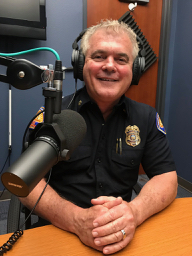
Deputy Chief Larry Collins is the Cal OES Fire and Rescue Deputy Fire Chief of the Special Operations and Hazardous Material Unit, having joined Cal OES in November, 2016. He oversees the State Urban Search and Rescue (US&R) Response Program which includes response, training, terrorism, Weapons of Mass Destructions related operations, flood and swiftwater rescue operations, and hazardous material unit.
Chief Collins joined Cal OES Fire and Rescue Division after serving 36 years in all ranks at the Los Angeles County Fire Department (LACoFD). He served up to the Battalion Chief position, with many years assigned to some of the busiest fire/rescue companies and battalions, and has 30 years of experience as a paramedic. He was assigned to three active LACoFD battalions and he spent 19 years as a Captain at the department’s Central Urban Search and Rescue Unit, responding by ground unit or helicopter to a wide variety of challenging technical rescues, multi-alarm fires, and major emergencies across Los Angeles County and surrounding counties. He was a Search Team Manager and Task Force Leader on LACoFD’s California OES/FEMA USAR Task Force (CA-TF2), deploying to disasters including the 2015 Nepal Earthquake disaster; the 2011 Japan Earthquake/Tsunami catastrophe; the 2010 Haiti Earthquake, and the 1994 Northridge Earthquake. Chief Collins has been an active member of the FEMA US&R Incident Support Teams (IST), having served since 1995 as a US&R Specialist, Division/Group Supervisor, Branch Director, and Operations Section Chief to help coordinate federal urban search and rescue operations at Hurricanes Sandy, Katrina, Ivan, Ike, Rita, Frances, Gustav, Irene, Dennis, Wilma, Dolly, Earl, and most recently Mathew. As an IST member, he also responded to the 9/11 Attacks, the Oklahoma City bombing, and various national security events and exercises.
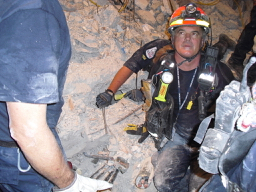
Chief Collins left LACoFD with a record of innovative leadership and actualizing informed visions for the future of the fire/rescue services. During his employment with LACoFD, Chief Collins demonstrated his ability to initiate, institute, and successfully manage unique improvements and enhancements to public safety. This included many years of invaluable inter-agency and multidisciplinary experiences, collaborations, and innovations that continue to have local, state, national, and international impact. Chief Collins’ diverse list also includes: founding of LACoFD’s Swiftwater Rescue Program and the continued development of LACoFD’s US&R Program, working with Cal OES and the Federal Emergency Management Agency (FEMA) on development of the state and national US&R systems, also working with Cal OES on developing the statewide swiftwater rescue team network, mud and debris flow response protocols and rescue procedures, fireground rapid intervention protocols, active shooter response procedures, aquatic helicopter swiftwater workshop rescue evolutions, terrorism planning and response, new approaches to diverse challenges like trench and excavation collapse rescue, large animal rescue, confined space/deep shaft rescue, and the use of technology to improve search and rescue. His experiences even included new designs for firefighter turnouts/bunker gear to improve the speed by which downed firefighters can be rescued.
Chief Collins frequently served as a bridge between emergency response and the sciences, industry, and government agencies helping to innovate multidisciplinary programs like the California Shakeout Earthquake Exercise; the California Catastrophic Earthquake Plan; the L.A. County Tsunami Plan, and the Post-Station Fire Mud and Debris Flow Response Plans. Chief Collins has been able to communicate and articulate the visions, innovations, and lessons learned to fire/rescue service operators and the public by authoring reports, published articles, and books. Ironically, author Dete Messerve based a main character in her novels “Good Sam” and “Perfectly Good Crime” on Chief Collins and his work.
Chief Collins is also a recipient of the Carnegie Hero Fund Award (1983), and the L.A. County Community Protector Award. He was named as firefighter of the year in several of LACoFD’s contract cities, and he received the Lifetime Achievement and team awards from the Higgins/Langley Memorial Fund for Swiftwater Rescue.
Links
Urban Search & Rescue Task Forces
Sky News Report on the Rescue of Jeanette: Woman rescued after six days Haiti survivor
BUCK HELM — Man Who Lived 90 Hours In Quake Rubble Is Dead
Loma Prieta earthquake: Mercury News coverage, the Buck Helm rescue
4 things EMS providers must know about crush syndrome

Monday Feb 12, 2018
Monday Feb 12, 2018
 The inferno unleashed on Sonoma, Napa, and Mendocino Counties, as well as several other northern California counties, left behind the kind of devastation many have only read about in the history books. Thousands of structures and homes were destroyed, entire neighborhoods left in ruins, and of course the 44 lives lost. There is one neighborhood that symbolizes the destruction and a community’s resilience to bounce back — Coffey Park in Santa Rosa.
The inferno unleashed on Sonoma, Napa, and Mendocino Counties, as well as several other northern California counties, left behind the kind of devastation many have only read about in the history books. Thousands of structures and homes were destroyed, entire neighborhoods left in ruins, and of course the 44 lives lost. There is one neighborhood that symbolizes the destruction and a community’s resilience to bounce back — Coffey Park in Santa Rosa.
In this episode, we hear from four leaders who were instrumental in managing the efforts to find temporary homes for the thousands displaced, removing the massive amounts of rubble and debris, and cleaning the land to modern environmental standards so residents can rebuild. They are:
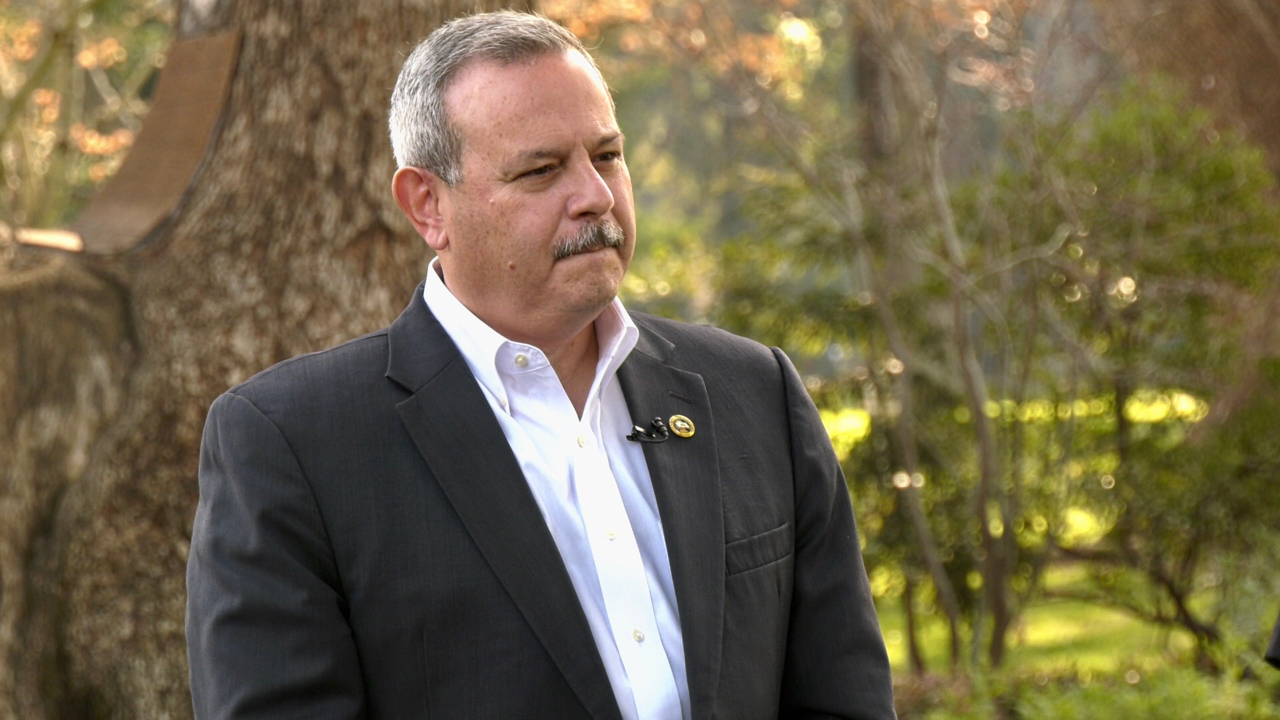
Cal OES Directory Mark Ghilarducci,
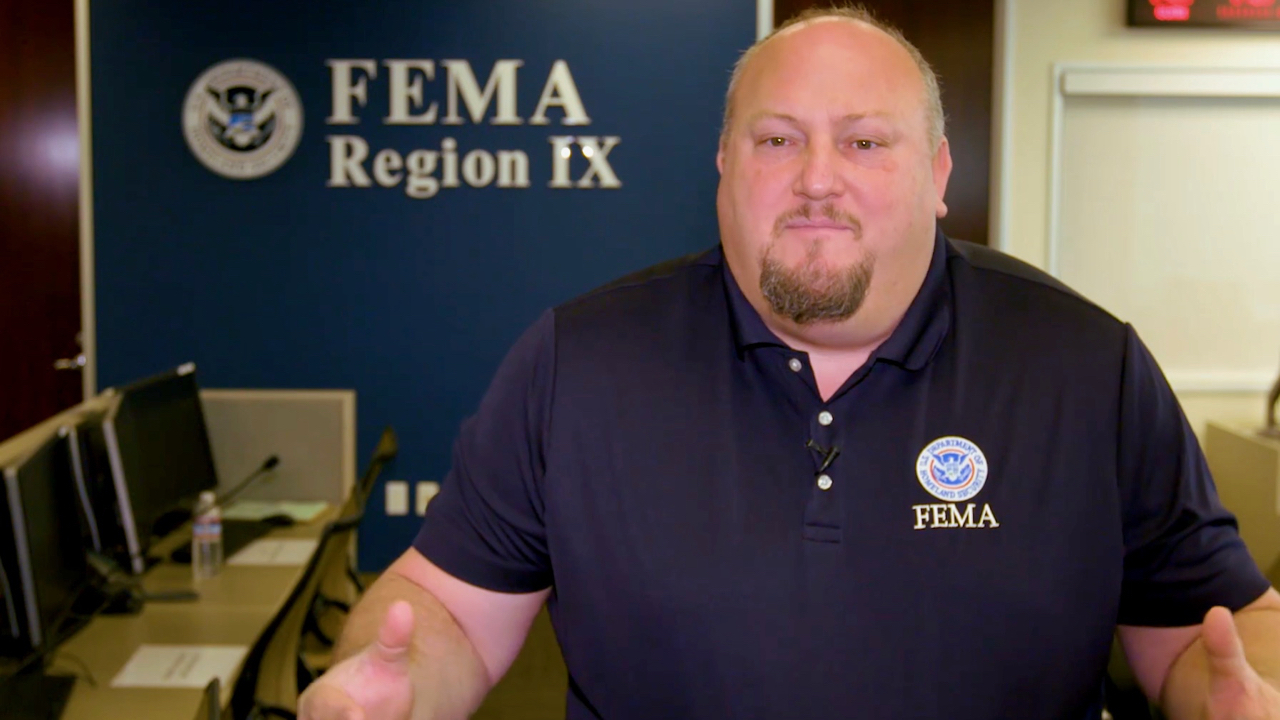
FEMA Region IX Administrator Bob Fenton,

US Army Corps of Engineers Field Office Commander in Sonoma County Col. Eric McFadden, and
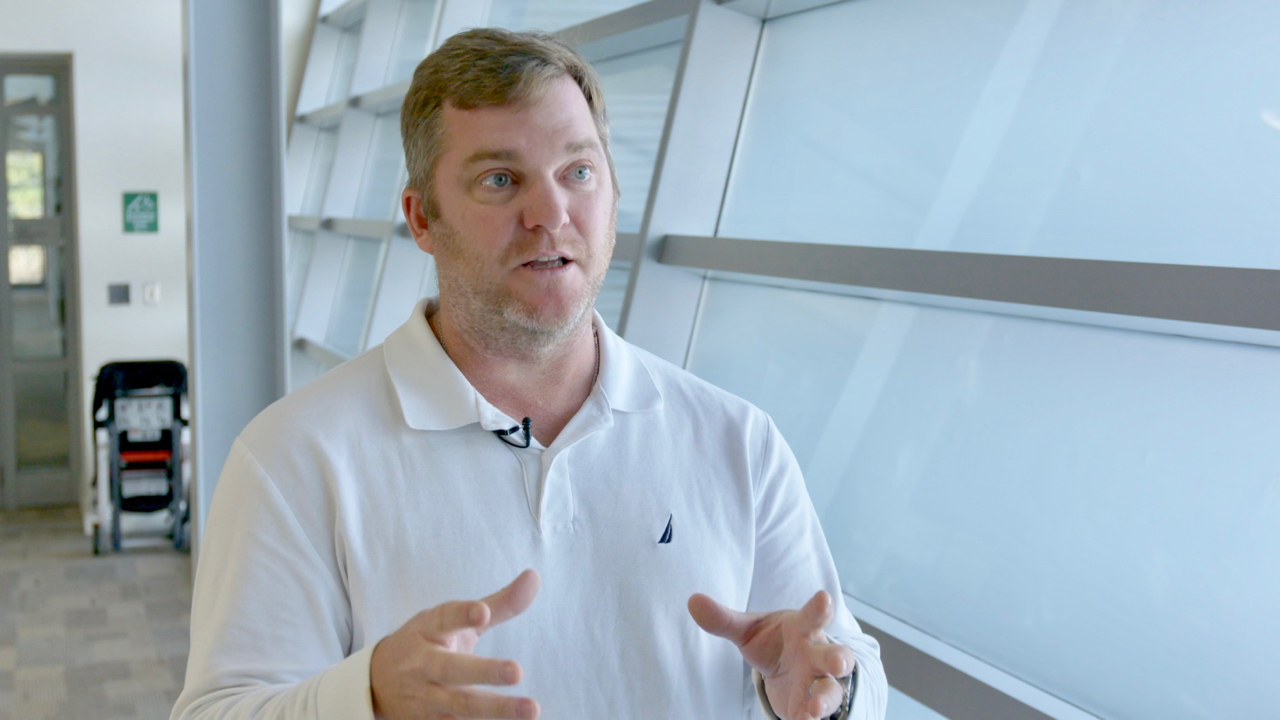
FEMA National Qualifications System Director and Federal Lead for the Housing Task Force Ryan Buras.
We spoke with them on-location to get them reflect shortly after the day debris removal program in Coffey Park concluded. The also talk about the fire and resulting flood and mudslides in Santa Barbara. Here they are, in their own words.
Links

Tuesday Jan 23, 2018
Amber Anderson: At Home with the Santa Barbara Mudslide
Tuesday Jan 23, 2018
Tuesday Jan 23, 2018
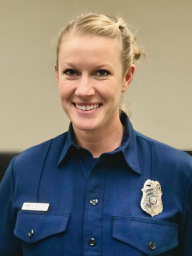
We sit down with Amber Anderson, an 18 year veteran firefighter, and 10 year veteran of the Santa Barbara City Fire Department. She’s a member of the Santa Barbara County Type-3 Incident Management Team, a fire inspector and investigator and public information officer. In this episode Amber talks about the fire community always learns from previous disasters; this time it’s the Thomas Fire and the ensuing flood and mudslide which devastated her county and the community of Montecito. She also reflects on how Santa Barbara stood-up their incident management team just prior to the floods and just how important that decision was given the damage and deaths that resulted from the floods. And how in the world was she able to keep a smile on her face amid the long hours, demands and stress put on her during her activation and deployment to the disaster in her home town? She’ll answer that question and more in this episode. Oh, and never mind the noise. It’s a disaster recovery operation.
Links
City of Santa Barbara Fire Department
Montecito Mudslide US&R Update Video

Tuesday Dec 19, 2017
Tuesday Dec 19, 2017
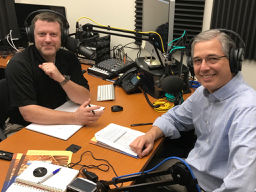
With tens of thousands of homes that need rebuilding after the fire sieges in both northern California and southern California, survivors will need reputable, licensed contractors. And contractors will be looking for work; there’s plenty of that to go around. So, both homeowners and contractors will need reliable information and the warnings that go along with it; and agencies need info too. Whether it’s a community hit by wildfires, or one that’s been devastated by severe weather or man-made catastrophes, new ways of targeted communication pop-up all the time; now it’s time for you to connect. And if you’re a contractor and you’re not licensed to do business in California you could face a citation for any work you solicit. The fact that there is an emergency declaration will enhance a misdemeanor which could send you to prison.
In this episode, we talk with Rick Lopes, chief of public affairs for the Contractors State License Board in California. This is chat that will benefit state and local agencies, contractors as well anyone looking to hire a contractor, especially after the wildfires of October and December of 2017.

Links
Contractors State License Board
Cal OES Wildfire Statewide Recovery Resources

